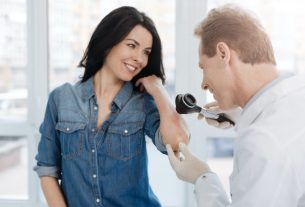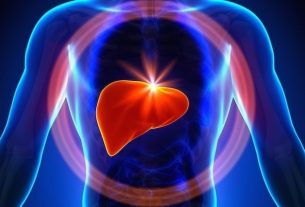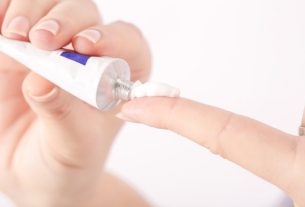Primary syphilis is the first stage of syphilis, a sexually transmitted infection caused by the bacteria Treponema pale. In this first phase of syphilis, the disease is characterized by the appearance of a wound that does not hurt, itch or cause discomfort, healing naturally and without requiring treatment.
Because it causes a wound that heals without treatment, it is common for syphilis to be neither identified nor treated during the primary phase. This causes the bacteria to continue circulating in the body and can reach other organs, resulting in the appearance of symptoms related to secondary and tertiary syphilis. Find out more about syphilis and its stages.
Ideally, primary syphilis should be treated as soon as it is diagnosed, even if there are no other symptoms other than a small sore in the genital region. An antibiotic is usually used for this, usually penicillin.

Symptoms of primary syphilis
The main symptom of primary syphilis is the appearance of a lesion/wound that:
- Does not itch;
- Does not hurt;
- Does not cause discomfort;
- Releases a transparent liquid;
- In women, it can appear on the labia minora and on the wall of the vagina, making it difficult to identify;
- In men, it can appear around the foreskin;
- If there has been unprotected oral or anal sex, it may appear in the anus, mouth, tongue or throat.
The primary syphilis lesion is also called hard chancre and usually appears about 3 weeks after contact with the bacteria, which tends to happen due to unprotected sexual intercourse or direct contact with the lesions of other infected people.
Although hard chancre is quite characteristic of the disease, it is often not identified due to the location in which it appears, or it is not given much importance because it does not hurt or cause discomfort and because it disappears after 4 to 5 weeks without leaving scars.
However, even if the hard chancre disappears, it does not mean that the bacteria has been eliminated from the body and that there is no risk of transmission. On the contrary, the bacteria reaches the circulation and travels to other parts of the body, giving rise to other symptoms, such as swelling, the appearance of red spots on the skin, headache, fever and malaise. Know how to recognize the main symptoms of syphilis.
Online symptom test
To find out the chances of having syphilis, please indicate the symptoms you present in the test below:
This test is a tool that serves as a means of guidance only. Therefore, it is not intended to provide a diagnosis and does not replace consultation with a urologist, gynecologist or infectious disease specialist.
How to confirm the diagnosis
Diagnosing syphilis in its primary phase is very important, as it means that treatment can be started immediately afterwards, preventing the bacteria from multiplying and spreading throughout the body and also preventing complications. Therefore, the most recommended thing is that as soon as a person notices the appearance of a wound in the genital, anal or oral region that does not hurt or itch, go to the gynecologist, urologist, infectious disease specialist or general practitioner to have it evaluated.
If you want to make an appointment, you can find the doctor closest to you using the tool below:
Taking care of your health has never been easier!
If the person has engaged in risky behavior, that is, had sexual intercourse without a condom, the doctor may recommend testing for syphilis, which is the rapid test and the non-treponemal test, also called VDRL. From these tests, it is possible to know if the person has the bacteria infection. Treponema pale. Understand what the VDRL exam is and how to interpret the result.
How the treatment is carried out
Treatment for syphilis must be started as soon as the diagnosis is made and must be carried out by the couple, even if there are no symptoms, as the bacteria can remain in the body for years without causing signs or symptoms. Treatment is usually done with the use of antibiotic injections, usually Benzathine Penicillin. However, in some cases, the doctor may recommend the use of Doxycycline or Tetracycline.
The treatment time and dose of the medication varies according to the severity and time of contamination by the bacteria. Understand better how syphilis is treated.
See also more information about syphilis in the following video:

Sign up for our newsletter and stay up to date with exclusive news
that can transform your routine!
Warning: Undefined array key "title" in /home/storelat/public_html/wp-content/plugins/link-whisper-premium/templates/frontend/related-posts.php on line 12
Warning: Undefined array key "title_tag" in /home/storelat/public_html/wp-content/plugins/link-whisper-premium/templates/frontend/related-posts.php on line 13



